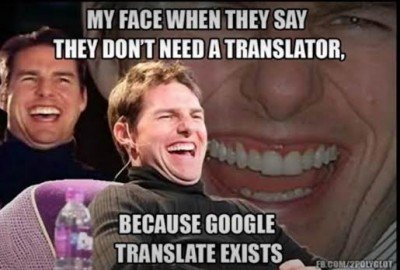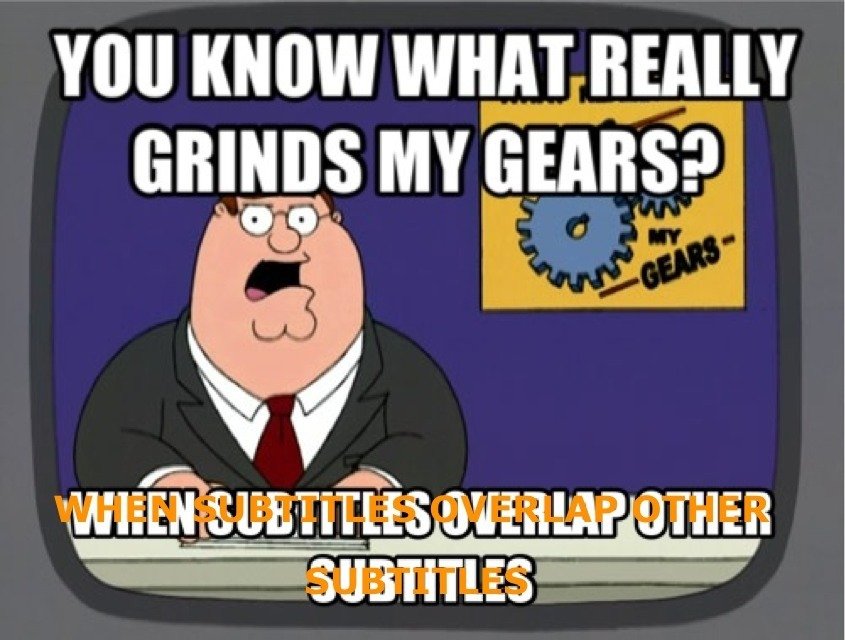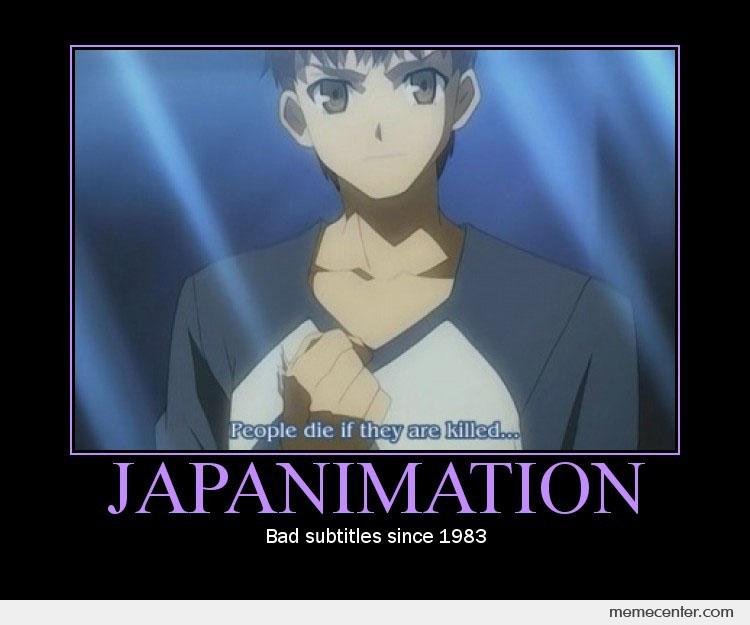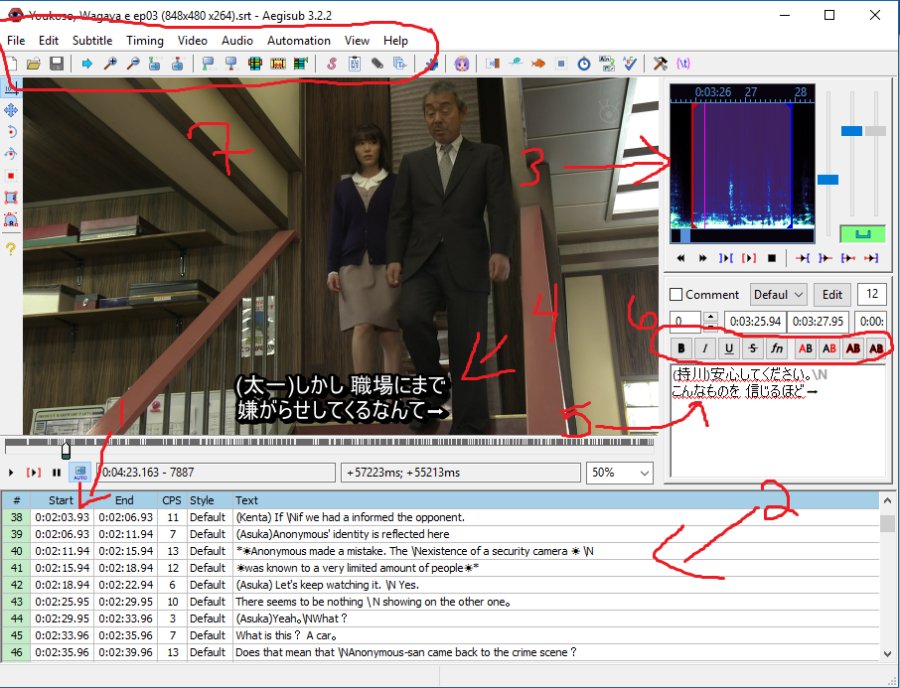 Top 25 Japanese Actresses on MDL
Top 25 Japanese Actresses on MDL

I am writing this article to spotlight the unsung heroes of Asian dramas: Subtitlers. Over 600 lines of dialogue for most 50 minute episodes. Usually, it is a team of people that bring all those wonderful stories to you in words you can understand. Some of them have little or no knowledge of the parent language. Also, to call out to anyone interested in helping bring these words to life.
I also apologize for all my examples being "Japanese" just imagine your bias language in that place lol.
Let's look at what each role entails.

1. The Translator
This person (or people) listens or reads the dialogue in its original language and translates to the preferred language. (ie Japanese to English, or Japanese to Spanish). The translation is usually not exact depending on the rules of the secondary language.
Seriously... Google translate is bad the only thing worse is the youtube translator... Oy Vey, my brain, it screams.

2. The Timer
This person (or people) takes the translated dialogue and puts time codes into an .srt or .ass file to match the translation with the spoken words. Most of us have seen the bad subs and dubs from bad kung fu movies, right? The Timer stops that from happening. Sometimes the original work may be PRE-Timed, such as closed-captioned for the hearing impaired file.

3. Typesetter
Most programs let you do this relatively quickly once you know your way around. This is font size and style including colour.

4. Frills
For Japanese, it would be things like Karaoke timing.

5. Quality Check
This person makes sure all of the above has passed the quality expectations of the team.
I hear you all saying "WHOA Old Anime Lady that's a lot and sounds complicated."
I used to think so too, I am on my first subbing project, relying heavily on my translator but I do steps 2-4, and together we do step 5.
So what are the benefits of being on a subbing team? To quote Winky-chan of Sub Sub Gakkou:
- "It's a great way to contribute to your fandom.
- It's a great and easy way to learn/improve another language.
- If you're not the translator, well, you get the translation before everybody else ;)
- If you're freely pretiming, you get to work on the project you want."
Ok! Ok! I get it! I do kinda wanna help but are the programs hard to understand?
Not really! There are great tutorial videos out there and the one I use Aegisub is free, here's a screenshot.

Ohh ahh marvel at the scribbles now what they are:
| 5. In this box, you actually edit the text of the original line you selected in 1. 6. This is like any document program you use to set font style and size. It also adds border colours and secondary colours for song lyrics. 7. These are your basic drop downs to help. |
There are several programs out there set up similarly. Adobe Premiere, Avidemux, Handbrake, and Hitfilm just to name a few.
I hope that this article helps you understand a bit of what goes into subtitling. I did not add hard coding but that is also a job. I hope I shed some light on the work subtitlers do. Did I peak your interest in joining a team?
Next time you think... Aww man, my show is taking forever to get subbed, please remember this article, and all that goes into those words that last seconds on your screen.











